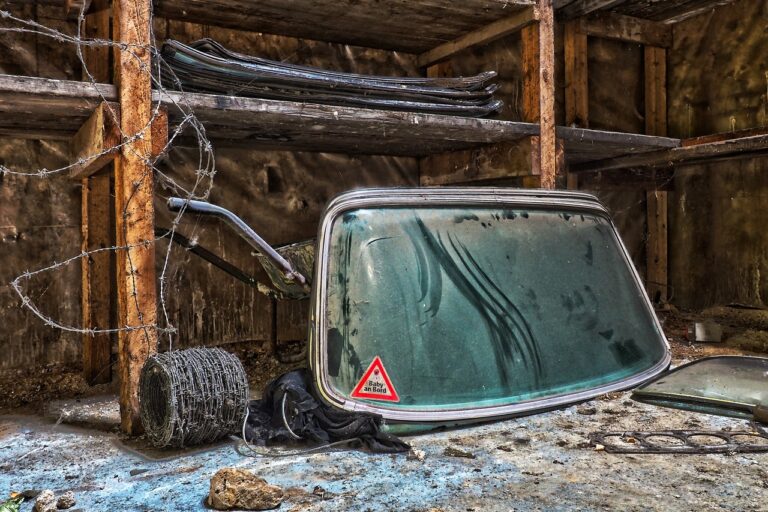How to Maintain Your Cars Tire Pressure: 11xplay reddy, Laser 247 betting, Skylivecasino
11xplay reddy, laser 247 betting, skylivecasino: As a car owner, one of the most important aspects of vehicle maintenance is checking and maintaining your car’s tire pressure. Proper tire pressure not only ensures a smooth and safe ride but also extends the life of your tires and improves fuel efficiency. In this guide, we’ll walk you through everything you need to know about maintaining your car’s tire pressure.
Why is Tire Pressure Important?
Maintaining the correct tire pressure is crucial for several reasons. First and foremost, properly inflated tires ensure optimal handling and control of your vehicle. Underinflated tires can lead to poor traction, longer braking distances, and an increased risk of accidents. On the other hand, overinflated tires can result in a harsh and uncomfortable ride, reduced traction, and uneven tire wear.
Additionally, proper tire pressure contributes to fuel efficiency. When your tires are underinflated, your engine has to work harder to move the vehicle, which leads to increased fuel consumption. By keeping your tires properly inflated, you can save money on gas and reduce your carbon footprint.
How Often Should You Check Tire Pressure?
It’s recommended to check your tire pressure at least once a month and before long trips. Tire pressure can fluctuate due to changes in temperature, driving conditions, and the gradual loss of air over time. By regularly monitoring your tire pressure, you can catch any issues early on and ensure optimal performance.
What Should Your Tire Pressure Be?
The recommended tire pressure for your vehicle can usually be found in your car’s owner’s manual or on a sticker located on the driver’s side door jamb. This information may vary depending on the make and model of your car, so it’s essential to refer to the specific guidelines for your vehicle.
In general, the recommended tire pressure falls within the range of 30-35 PSI (pounds per square inch) for most vehicles. However, it’s essential to check the recommended pressure for your specific tires and adjust accordingly.
How to Check Tire Pressure
Checking your tire pressure is a simple task that can be done at home or at a gas station. Here’s a step-by-step guide on how to check your tire pressure:
1. Start by parking your car on a level surface and turning off the engine.
2. Remove the valve cap from the tire’s valve stem.
3. Press the tire gauge firmly onto the valve stem to get a reading.
4. Compare the reading to the recommended tire pressure for your vehicle.
5. If the pressure is too low, use an air compressor to inflate the tire. If it’s too high, release some air until you reach the correct pressure.
6. Repeat the process for all four tires, including the spare.
It’s crucial to use a reliable tire pressure gauge to ensure accuracy. Digital tire pressure gauges are affordable and easy to use, making them a worthwhile investment for any car owner.
Maintaining Proper Tire Pressure
Once you’ve checked and adjusted your tire pressure, it’s essential to monitor it regularly to ensure it stays within the recommended range. Here are some tips for maintaining proper tire pressure:
1. Check your tire pressure at least once a month and before long trips.
2. Inspect your tires for any signs of damage, such as cuts, punctures, or bulges.
3. Rotate your tires regularly to promote even wear and extend their lifespan.
4. Consider investing in a tire pressure monitoring system (TPMS) for added convenience and safety.
5. Keep a portable air compressor in your car for emergency situations.
By following these tips and staying proactive about your tire pressure, you can enjoy a safe and efficient driving experience while prolonging the life of your tires.
FAQs
Q: Can I rely on the tire pressure monitoring system in my car?
A: While TPMS can be a helpful tool for detecting sudden changes in tire pressure, it’s still essential to manually check your tire pressure regularly. TPMS sensors can malfunction or fail to detect gradual pressure loss, so it’s best to use them in conjunction with manual checks.
Q: Is it safe to drive on underinflated tires?
A: Driving on underinflated tires is dangerous and can lead to a blowout or loss of control. If you suspect that your tires are underinflated, it’s crucial to address the issue immediately before driving.
Q: What should I do if my tire pressure is continuously low?
A: If you notice that your tire pressure is consistently low despite inflating them, it may indicate a leak or puncture. In this case, it’s best to have your tires inspected by a professional to determine the source of the problem.
In conclusion, maintaining your car’s tire pressure is a crucial aspect of vehicle maintenance that can significantly impact your safety, fuel efficiency, and tire lifespan. By following the tips outlined in this guide and staying vigilant about your tire pressure, you can enjoy a smooth and trouble-free driving experience.







